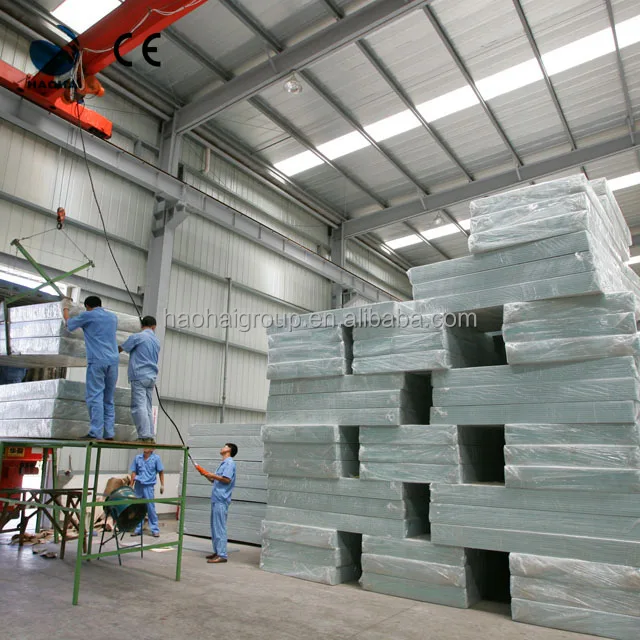If you want your home to be as warm and comfortable in the winter as it is cool and inviting in the summer then you will want to know more about PIR boards. They specialize in these types of boards that, once you install them in your home during construction, can help save you money on your energy bill and keep the temperatures in your home how you like them year-round.
PIR board is an insulated board, which has a polyisocyanurate foam core. This foam is a really good insulator and remedies heat, so it won’t escape your house, especially when it’s cold outside. PIR boards are lightweight and easy to install, so they’re ideal for homeowners who want to insulate their homes to save money on energy bills.
There are a range of advantages to introducing PIR board to your home. Saving money is not the only reward, however, as your home is going to be more comfortable to live in and protect you from those annoying cold drafts and spots around your property, thereby enabling much easier heat regulation. They can also cut down outside noise, providing you with a more peaceful living environment.

The greatest advantage of PIR boards is that they can help you spend less on your energy bill. PIR boards can also decrease heat loss through your walls and attic, by enhancing the insulation in your house. That way, your heating and cooling systems don’t have to work as hard to keep your home at an ideal temperature, which can translate to big savings on your monthly energy bills.

If you would like to use PIR boards in your home, then you’ll be pleased to know that the process is fairly easy. To install the boards, first cut them to size for the area where you would like to make your wall. You can then fix the boards to the structure with adhesive or by mechanical means. Lastly, you will also want to caulk any gaps or seams so that the boards are airtight. If you don’t want to bother cutting and installing PIR boards yourself, you can always hire someone to do it for you.

Polyisocyanurate boards (PIR) are used extensively in construction and refurbishment projects for many reasons. These are mainly used for wall insulation, roof insulation, floor insulation, ceilings and attics. PIR boards can also be used to insulate pipe and duct work, to help prevent heat loss and to avoid freezing. In some instances, PIR boards can be utilised as a substrate for external cladding systems where both insulation and structural support are required.